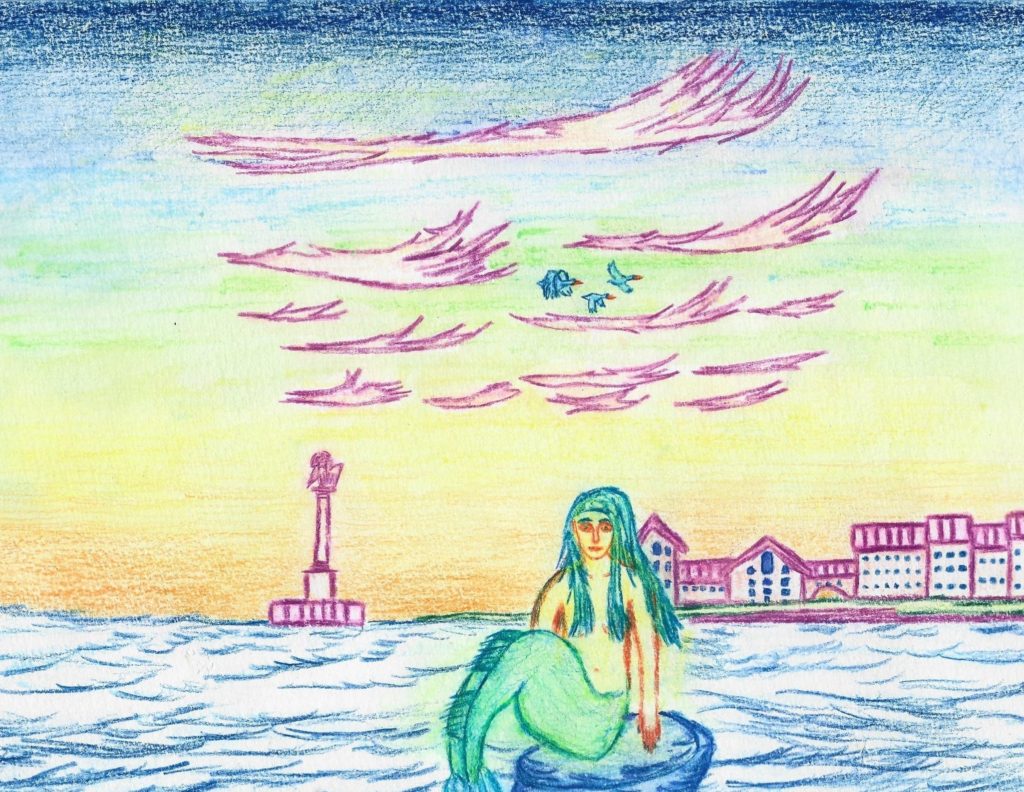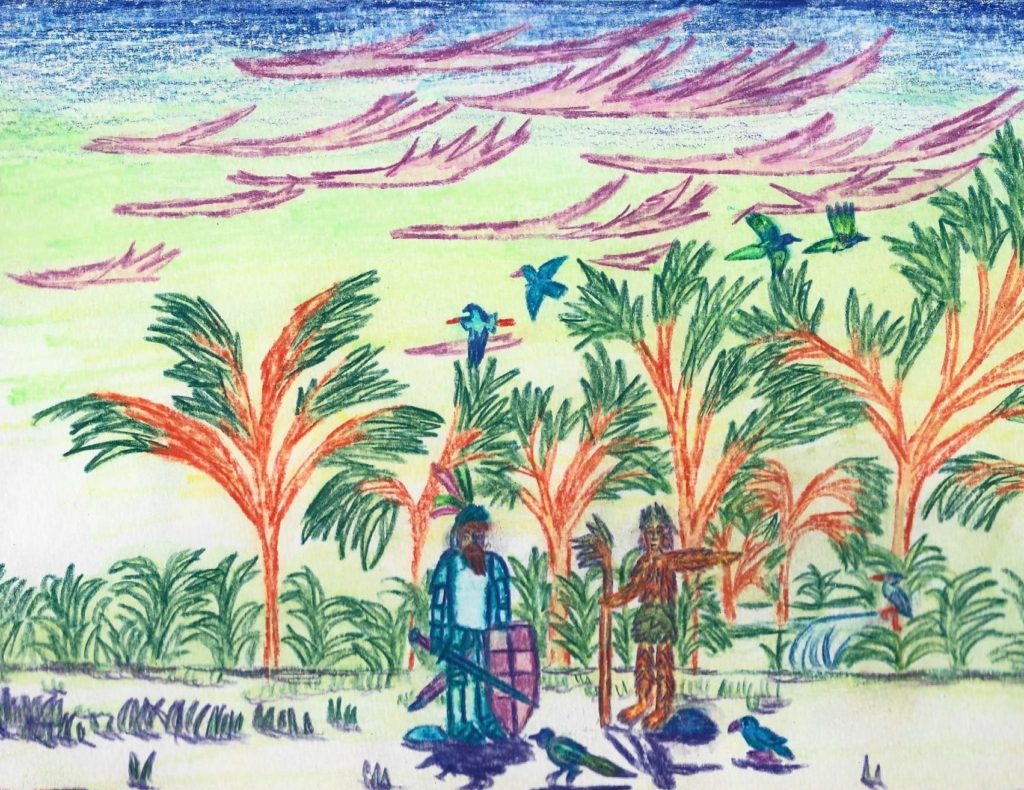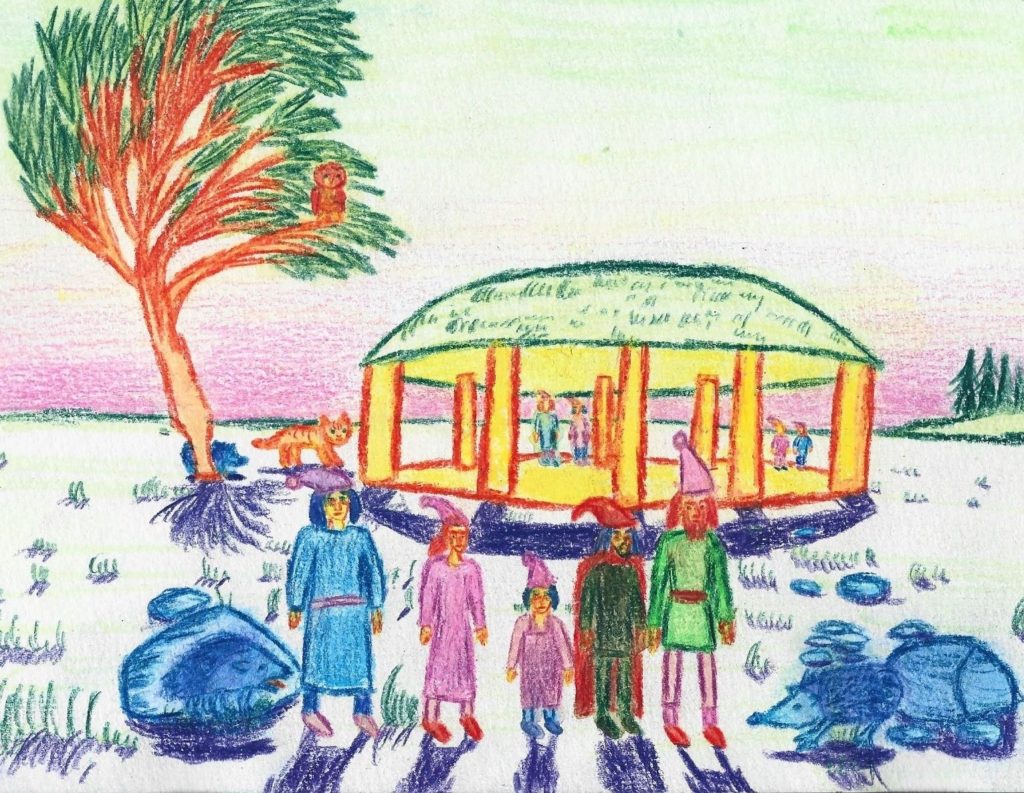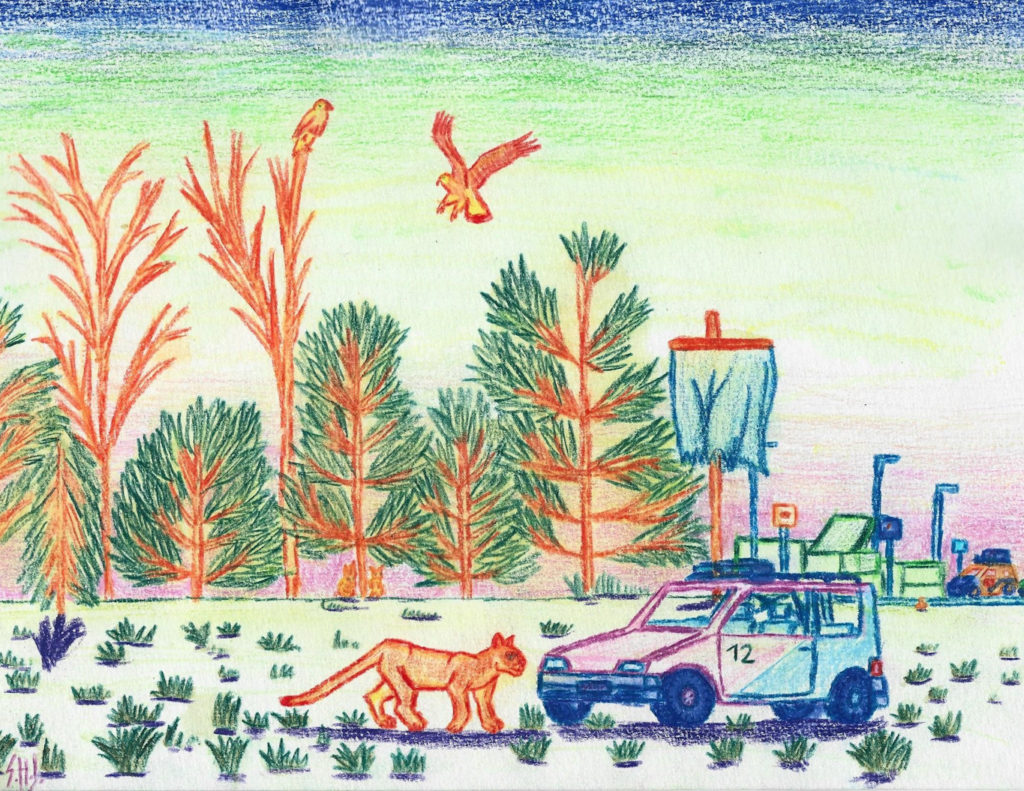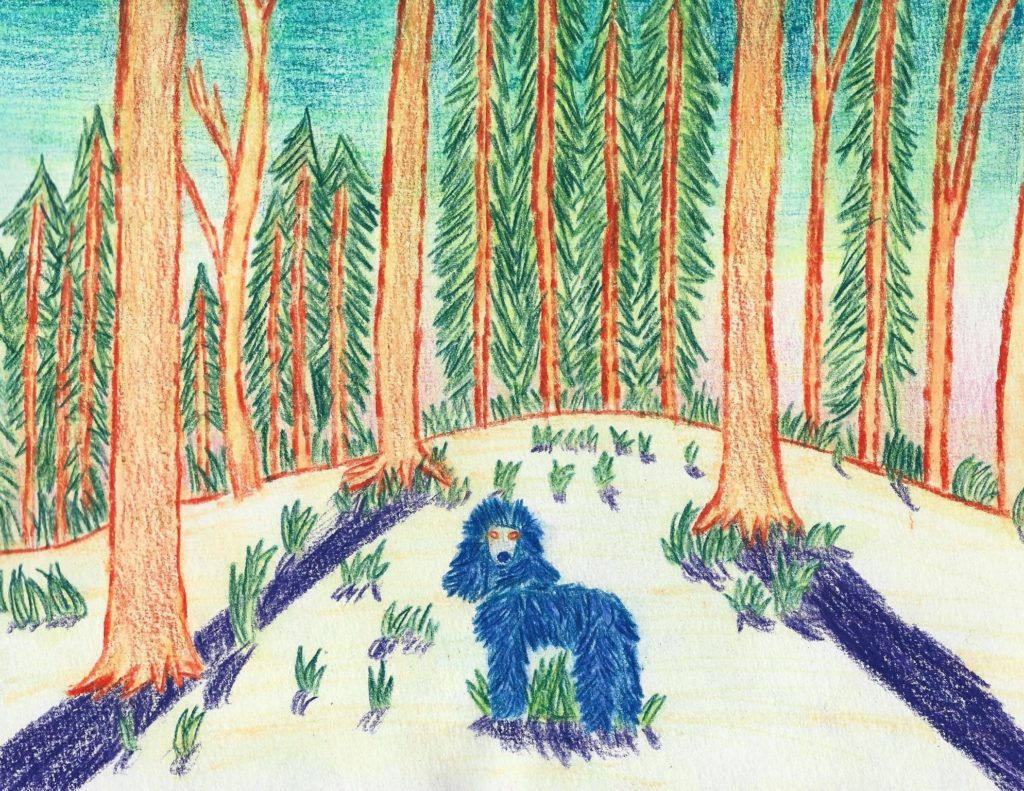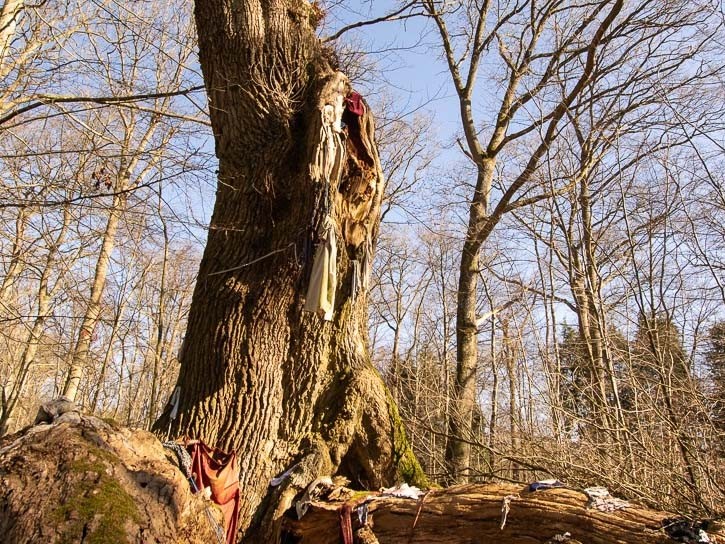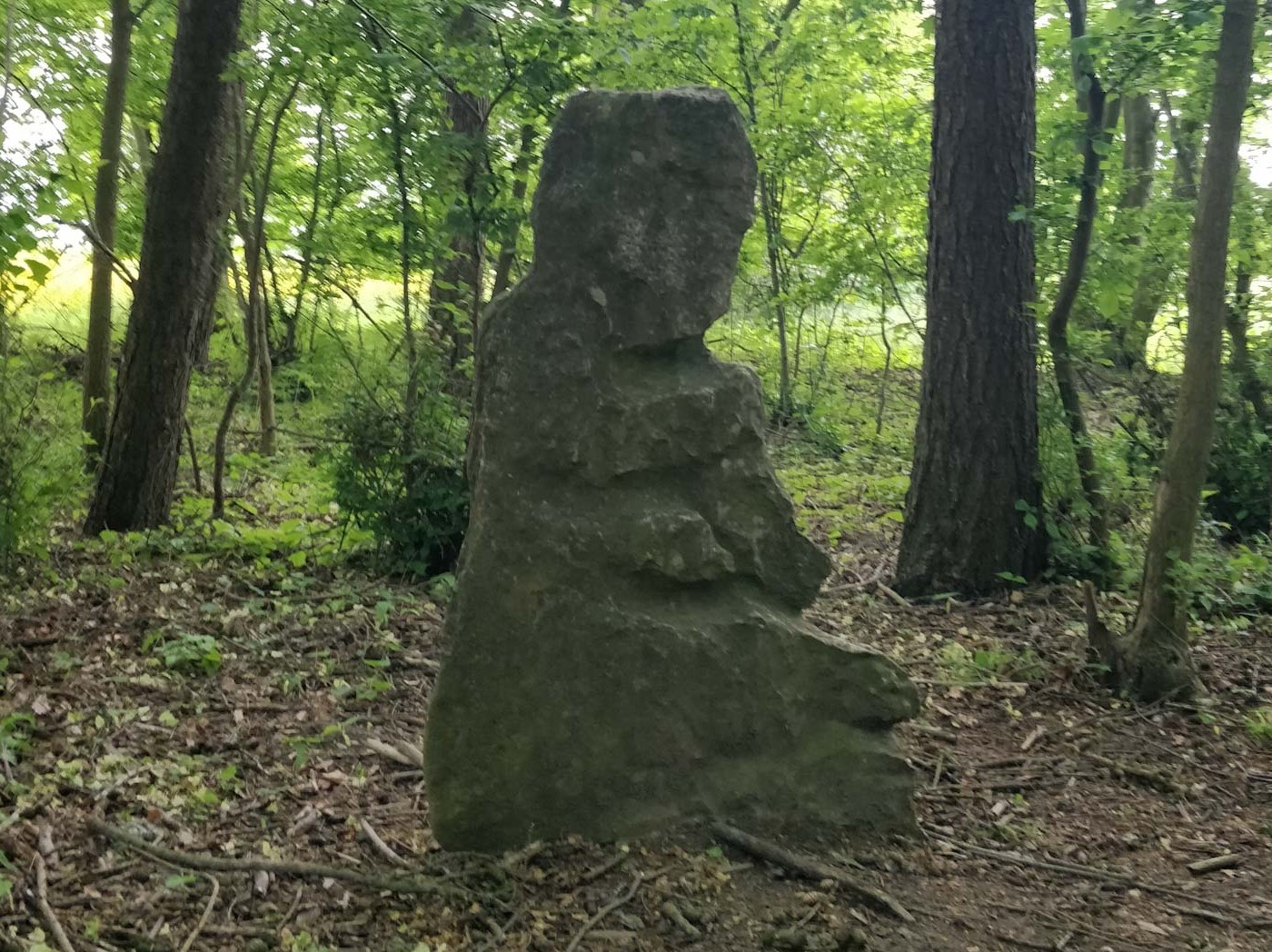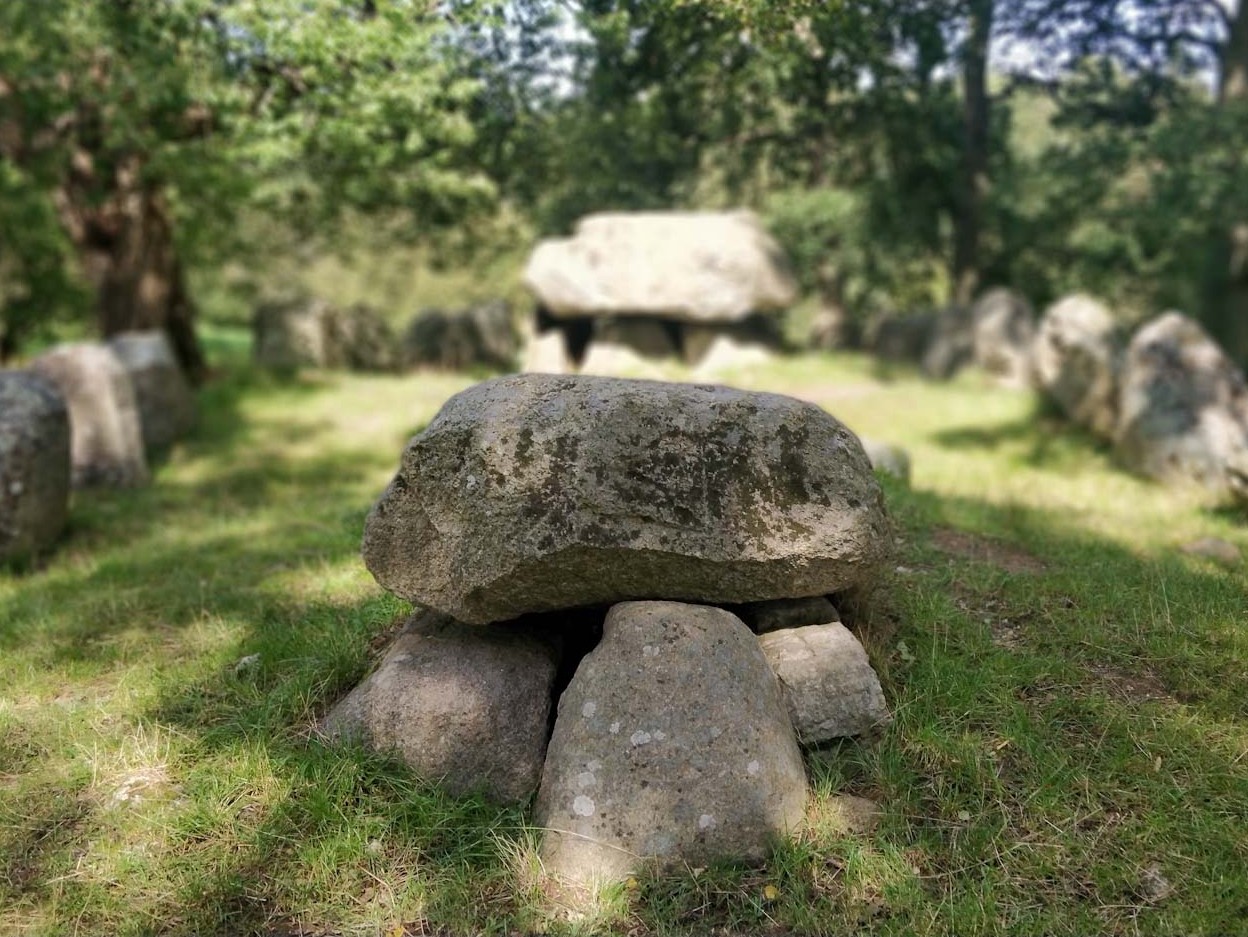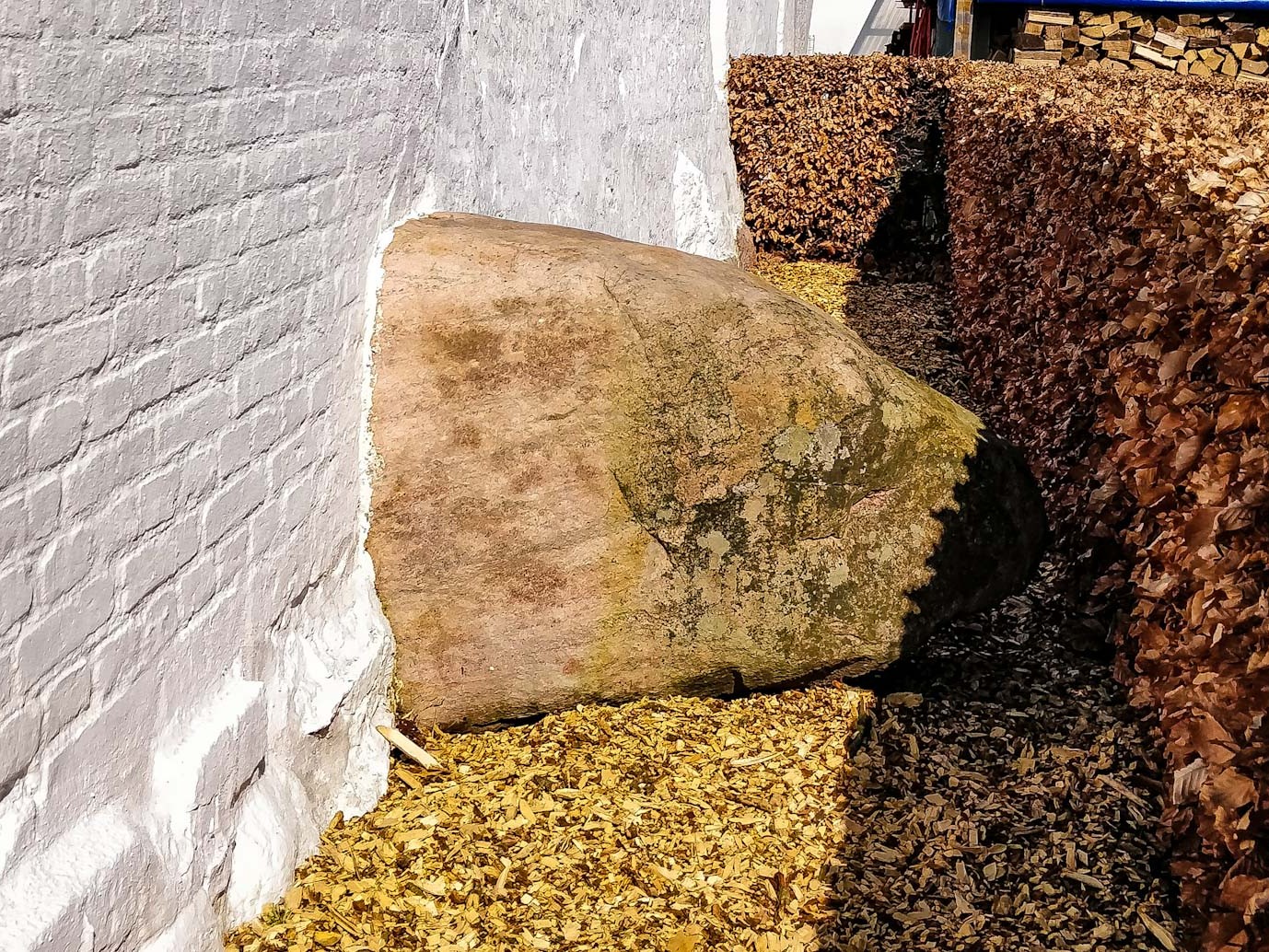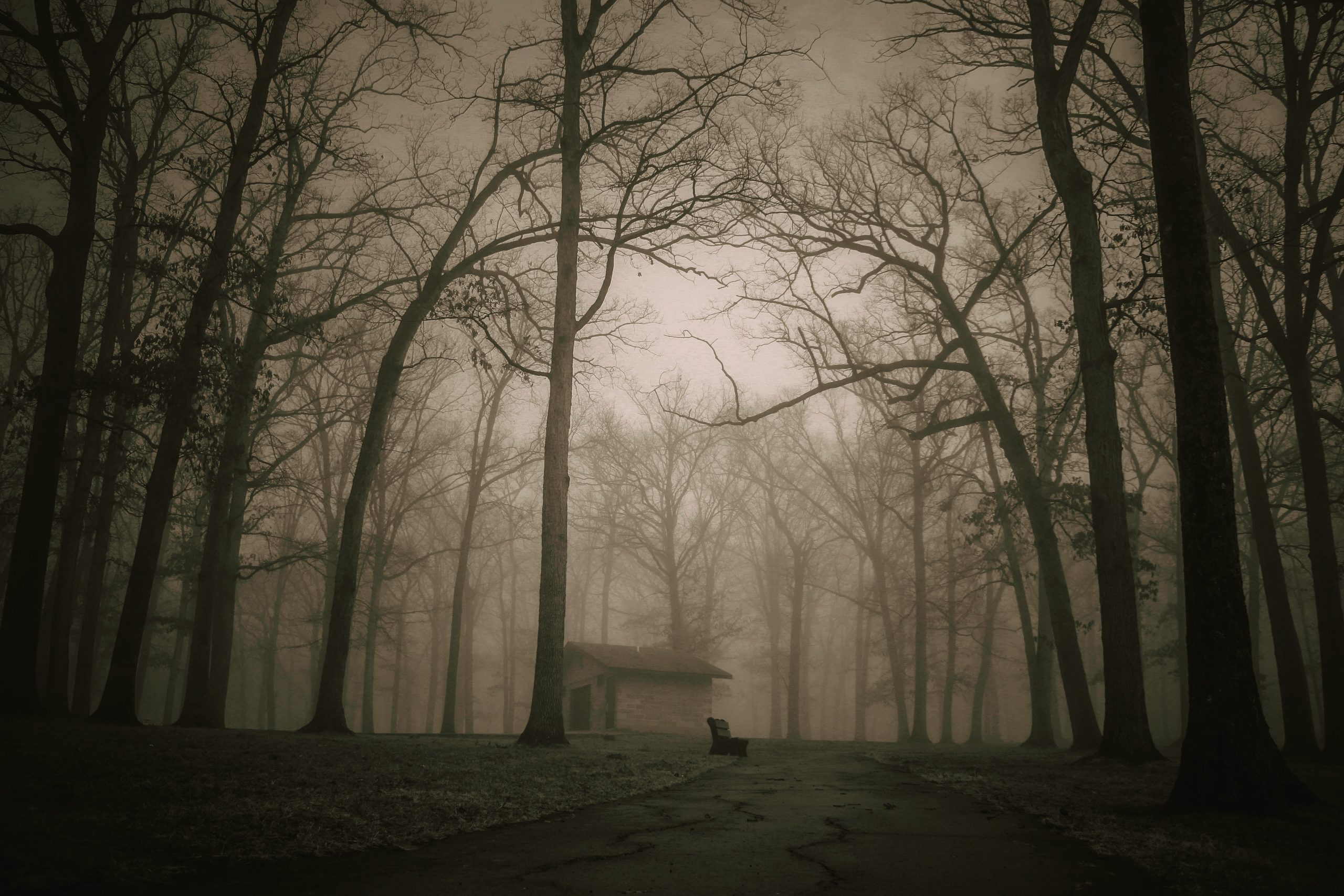Mermaids
Mermaids are often the first supernatural creature that people connect with Denmark, largely due to the global infatuation with The Little Mermaid. But mermaids were not always the beautiful and sanitized creatures that we know from modern depictions, which becomes clear if you read H. C. Andersens original fairy tale. Although in many ways a traditional love story, there are many features of the main character that would not exactly get one very far in a standard beauty contest. This is a result of Andersen drawing inspiration from some very old legends about mermaids that were more in the realm of the grotesque than the wonderful.
In Denmark we have quite a few real reports of mermaid sightings. Some of these are even as recent as the previous century. These were usually made by sailors and among them are certainly several examples of proven hoaxes and misidentifications. Nevertheless, there are some cases that are less easy to explain away. These have helped keep the legend alive for so many years.
Heraldic wildmen
The Danish royal coat of arms, which can be seen displayed on various public buildings, shows two wild men clad in leaves and armed with wooden clubs flanking a shield. Although no one knows why they are so prevalent in a Danish context, wildmen frequently appear in heraldry across Northern Europe, and are thought to be derived from the giants (jotuns) in Norse mythology as well as related to medieval stories of Trolls.
Here in Denmark wildmen appear most notably in the mythology of the Bille noble family. Their ancestor Thore Bille is said to have once met a hairy boy clad in leaves, while walking in the woods. The hairy boy showed Thore Bille where to build a watermill that would make the family very rich.
The mythic beliefs surrounding wild men in the woods also appear to have been associated with the 19th century Kulsviere (Charcoal burners) of Northern Zealand. These workers were predominantly immigrants from Southern Europe, often with darker complexions and different features than the local population. They lived most of their life in the forest, and had customs that were alien to the Danish peasant class.
Elves
Old legends feature a humanoid, supernatural people dwelling in old burial mounds, forests and bogs. They are known as elves or the mound people, and are related to creatures such as the subterraneans and huldrefolk. The elven girls are especially associated with beauty and gracefulness, yet described as hollow in their backs. One should take care if meeting one, and not be lured by their hypnotizing dance in the mist. You risk becoming “elleskudt” or elf-shot, a form of insanity, paralysis or brain damage sometimes permanently altering the afflicted.
In a common legend, a wanderer late at night comes across an elevated burial mound, raised up by glowing columns. The festivities of the elves are revealed beneath the mound, a party one would do well to abstain from.
Lindorms
A Lindorm is a very specific kind of dragon, found in Northern Europe. “Lind” is an old word that means flexible or slender, and “orm” means worm. The lindorm’s body is described in folk legends as similar to that of a giant snake or eel: No limbs, a large head and very long very sharp teeth. These features are shared with the Midgard Serpent of older Norse mythology.
A lindorm starts out as a tiny worm-like creature that lives in a compost heap. As it grows, the lindorm will find a dark damp place to make its home. Lindorms will never stop growing and can become several centuries old. They have a particular dislike of Christianity, so when a lindorm grows big enough it will coil around the nearest church and block anyone from entering. Legend says that only one thing can kill a lindorm: a bull that has been fed solely on milk and nuts. Even so, when the bull kills the lindorm it will almost always die from its wound and the venom in the lindorm’s bite.
Elusive Cats
Although there are legends about mysterious cats going back far into Denmark’s history, stories about large cats observed where they should not be found are undoubtedly a more recent addition to Danish folklore. The phenomenon is probably best known from the UK, where these shy animals are most often called ABCs (Alien Big Cats). These are for the most part cats that exist in more exotic locations around the world, but should not be living in the wild in Europe.
Over the past 50 years here in Denmark, there have been reports of cougars in Jutland, lions on Funen and lynxes in Zealand. In a Danish context, these have often been referred to here as “ghost cats”, because in most cases no decisive physical evidence ever appears, and the animals often disappear as suddenly as they were first seen.
Spectral dogs
Spectral dogs appear in many different connections all over Danish folklore. While nowhere near as prevalent as for example in the UK, they still are a staple of some of the best creepy tales here. These dogs can show up and haunt a lonely road, as well as a building or an ancient burial mound. They can also be witches’ familiars or the dark lord himself in disguise. Danish ghost dogs also come in all colors and shapes. We even have stories of dogs that have melted into the road. Even more curiously, for some reason Danish ghost dogs are often poodles!

